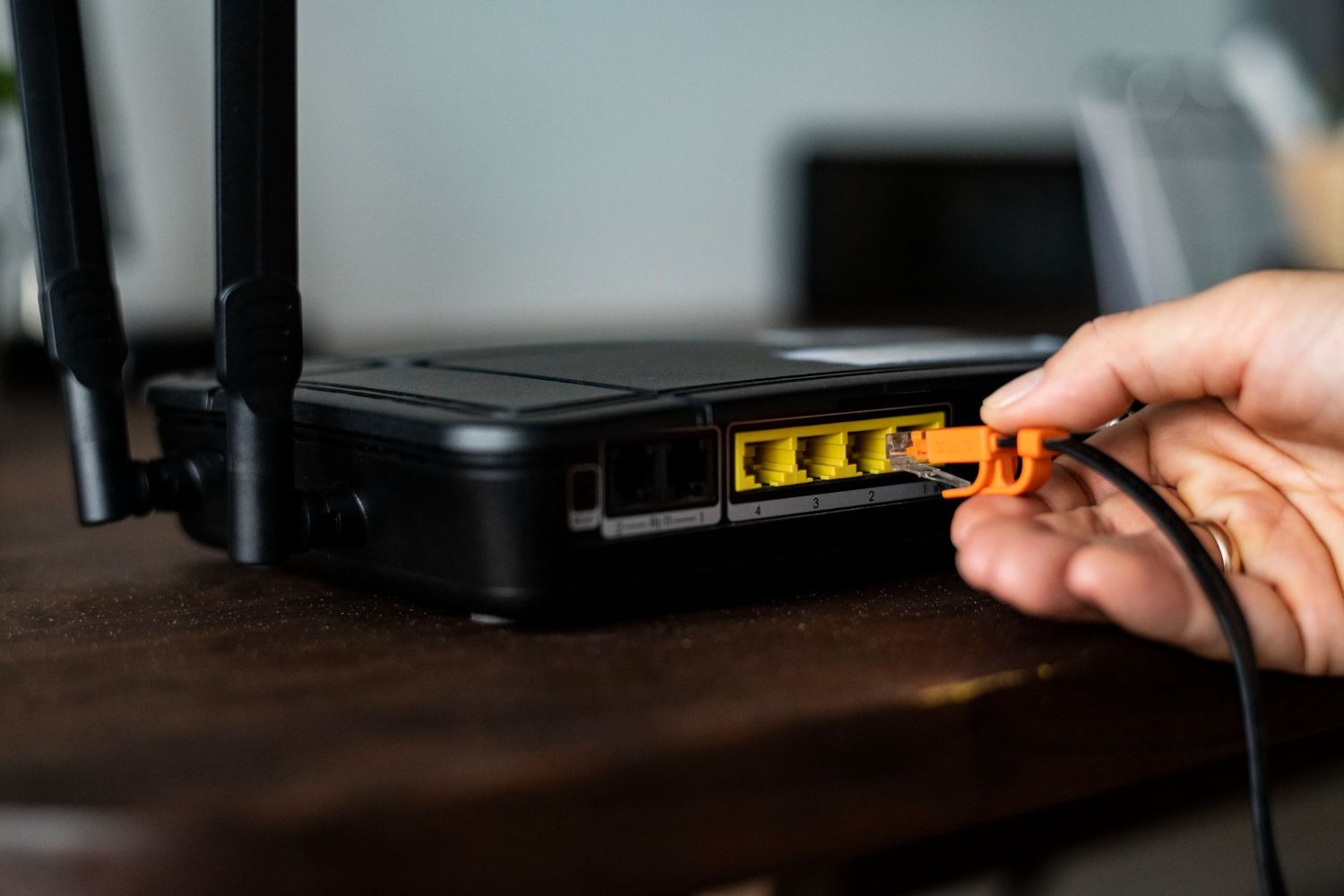Efficient and reliable connectivity is essential for the seamless operation of any business. Network switches are at the heart of this connectivity, playing a crucial role in managing and directing data traffic within a network. By ensuring that data packets are delivered swiftly and accurately to their intended destinations, network switches help maintain a robust and efficient communication flow.
Network switches offer multiple benefits that go beyond simple data routing. They enhance network security by segmenting traffic and reducing the risk of data breaches. By prioritising traffic, switches also improve the performance of critical applications, ensuring that essential business operations do not experience delays. This capability is particularly important for businesses that rely heavily on real-time data processing and communication.
In addition to improving network security and performance, network switches provide the scalability that growing businesses need. As your organisation expands, the demand for greater bandwidth and more connections will increase. Network switches allow you to scale up your network infrastructure without extensive reconfiguration or downtime, making growth more manageable and less disruptive.
By investing in quality network switches, businesses can secure a more reliable and efficient network infrastructure. This proactive approach not only supports current operational demands but also prepares the business for future technological advancements. As we dive deeper into why network switches are critical for business connectivity, it becomes clear that their role goes beyond just handling data—it’s about ensuring seamless, secure, and scalable communication.
Understanding the Role of Network Switches in Business Connectivity
Network switches are vital components of a business’s IT infrastructure, serving as the focal point for managing data traffic. They allow multiple devices to communicate effectively within a network by intelligently directing data packets to their correct destinations. This management ensures that all connected devices, such as computers, printers, and servers, can share information without interference or data collision.
A crucial role of network switches is to enhance network efficiency. By reducing unnecessary data traffic and managing bandwidth allocation, switches ensure that each device receives the required data speed and performance. This efficient data handling minimises network congestion, reduces latency, and supports the seamless operation of applications critical to business functions. Additionally, network switches can detect and isolate any faults within the system, making it easier to maintain and troubleshoot the network, thereby avoiding expensive downtime.
Key Features to Look for When Choosing Network Switches
Selecting the right network switch for your business involves evaluating several key features that align with your connectivity needs. One important feature to consider is the switch’s port capacity. It's essential to choose a switch with enough ports to accommodate your current and future device connections. For smaller businesses, an unmanaged switch may suffice, but larger organisations may require managed switches that offer advanced features like VLAN support and traffic prioritisation.
Another critical feature is the switch’s speed and performance capabilities. Look for switches that support Gigabit Ethernet for faster data transfer rates, which are crucial for bandwidth-intensive applications such as video conferencing and large file transfers. Additionally, Power over Ethernet (PoE) capability can be a significant advantage, allowing the switch to provide both power and data connections to devices like IP cameras and VoIP phones through a single Ethernet cable.
Security features should also be a priority when choosing a network switch. Advanced security options, such as access control lists (ACLs), port security, and network segmentation, can protect your network from potential threats and ensure data integrity. Furthermore, considering the switch’s scalability is vital; it should support future growth without requiring a complete overhaul of your network infrastructure.
Investing time in understanding these key features and how they contribute to network performance and security will help make an informed decision when selecting a network switch. Properly chosen switches not only meet current connectivity needs but also provide a robust foundation for future technological advancements, enhancing overall business efficiency and reliability.
The Impact of Network Switches on Business Performance
Network switches significantly affect the performance of business operations by ensuring efficient data communication. A well-implemented network switch system manages data traffic effectively, reducing latency and preventing bottlenecks. This is crucial for businesses that rely on real-time data processing, such as financial services and e-commerce.
Enhanced network performance leads to improved productivity, as employees can access resources and communicate seamlessly without interruptions. Reliable network switches support mission-critical applications like cloud computing, VoIP, and video conferencing, ensuring that these services run smoothly. This reliability translates to better service delivery, higher customer satisfaction, and ultimately, increased business performance.
Additionally, high-quality switches come with features that optimise the network’s efficiency. Advanced load balancing, for instance, distributes network traffic evenly across multiple paths, preventing any single device from being overwhelmed. Quality of Service (QoS) settings allow prioritisation of certain types of traffic, ensuring that essential services receive the bandwidth they need even during peak usage. These features contribute to a stable and responsive network environment, enhancing overall business operations.
Tips for Proper Maintenance and Optimisation of Network Switches
Proper maintenance of network switches is crucial for sustaining their performance and reliability. Regular firmware updates keep your switches functioning optimally by patching vulnerabilities and adding new features. Scheduling these updates during off-peak hours minimises disruption to business activities.
Another key aspect of switch maintenance is monitoring network performance. Implementing network monitoring tools can alert us to potential issues such as unusual traffic patterns or hardware failures before they become critical problems. Regularly checking the physical connections for wear and tear can also prevent connectivity issues; ensuring that cables are secure and free from damage is a simple yet effective maintenance practice.
Optimising switch configurations can significantly boost network performance. Adjusting settings like VLANs can enhance network segmentation and security, while enabling QoS can improve data traffic management. Performing regular audits of switch configurations ensures that the network remains aligned with business requirements, adapting to any changes within the organisation.
Finally, keeping documentation up-to-date with details of the switch setup and configurations aids in troubleshooting and future upgrades. Well-maintained and optimised network switches not only extend the lifespan of your network hardware but also ensure a consistently high level of performance and reliability.
Final Thoughts
Network switches are indispensable for modern business connectivity, ensuring efficient data management and robust performance. By understanding their pivotal role, selecting switches with the right features, and maintaining them properly, businesses can optimise their network infrastructure. This optimisation enhances productivity, supports critical applications, and prepares the organisation for future growth and technological advancements.
Investing in reliable network switches and following best practices for their maintenance maximises the return on your network infrastructure investment. With a well-managed network, businesses can stay competitive and agile, adapting swiftly to evolving demands and maintaining smooth operations.
Reach out to our
electrician in Aspendale at JFT Electrical Services to ensure your network infrastructure is up to the task and future-proof your business connectivity for years to come.
RECENT POSTS:
Quick Links
All Rights Reserved | JFT Electrical Services | Website by GWTH MEDIA



